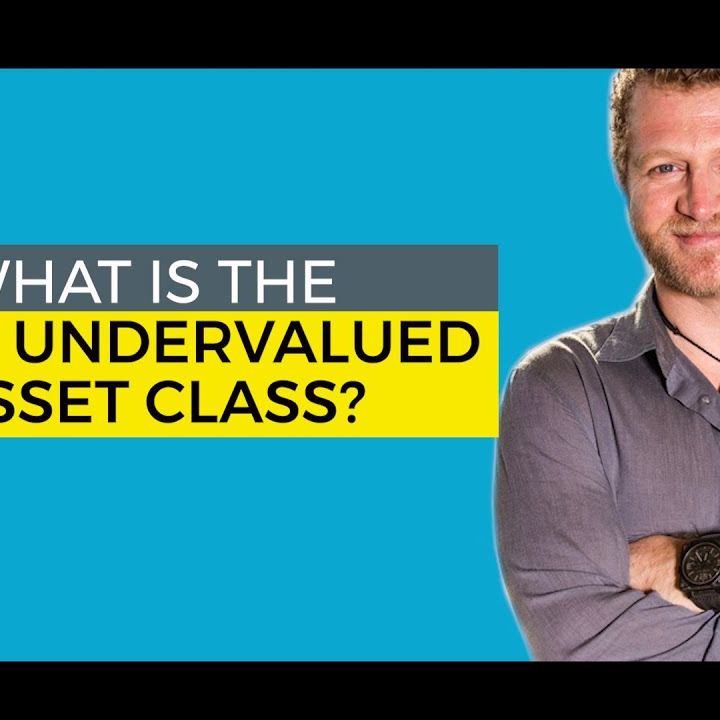To keep knowing and advancing your profession, the list below resources will be helpful:.
Development equity is often referred to as the private financial investment technique occupying the middle ground in between venture capital and standard leveraged buyout techniques. While this may hold true, the strategy has developed into more than just an intermediate private investing technique. Growth equity is often referred to as the private financial investment strategy occupying the middle ground in between equity capital and standard leveraged buyout strategies.
This mix of elements can be compelling in any environment, and a lot more so in the latter stages of the market cycle. Was this post helpful? Yes, No, END NOTES (1) Source: National Center for the Middle Market. Q3 2018. (2) Source: Credit Suisse, "The Amazing Diminishing Universe of Stocks: The Causes and Consequences of Fewer U.S.
Option financial investments are intricate, speculative investment vehicles and are not suitable for all financiers. A financial investment in an alternative investment involves a high degree of risk and no guarantee can be considered that any alternative mutual fund's investment objectives will be attained or that investors will get a return of their capital.
This market details and its significance is an opinion only and needs to not be trusted as the just important info readily available. Information contained herein has been acquired from sources believed to be reputable, however not ensured, and i, Capital Network presumes no liability for the details supplied. This details is the home of i, Capital Network.
This financial investment technique has actually assisted coin the term "Leveraged Buyout" (LBO). LBOs are the primary investment method type of the majority of Private Equity firms.

As discussed earlier, the most infamous of these deals was KKR's private equity tyler tysdal $31. 1 billion RJR Nabisco buyout. This was the biggest leveraged buyout ever at the time, lots of people thought at the time that the RJR Nabisco deal represented the end of the private equity boom of the 1980s, because KKR's investment, however popular, was eventually a significant failure for the KKR investors who purchased the company.
In addition, a lot of the cash that was raised in the boom years (2005-2007) still has yet to be used for buyouts. This overhang of committed capital avoids lots of investors from dedicating to purchase brand-new PE funds. In general, it is approximated that PE companies handle over $2 trillion in possessions around the world today, with near $1 trillion in committed capital offered to make new PE financial investments (this capital is sometimes called "dry powder" in the industry). tyler tysdal.
A preliminary investment might be seed financing for the business to begin building its operations. Later, if the company proves that it has a practical item, it can acquire Series A funding for further development. A start-up company can complete a number of rounds of series financing prior to going public or being acquired by a monetary sponsor or strategic purchaser.
Leading LBO PE firms are identified by their big fund size; they have the ability to make the largest buyouts and take on the most financial obligation. LBO transactions come in all shapes and sizes. Total deal sizes can range from tens of millions to 10s of billions of dollars, and can happen on target business in a wide range of markets and sectors.
Prior to carrying out a distressed buyout opportunity, a distressed buyout firm needs to make judgments about the target business's worth, the survivability, the legal and reorganizing concerns that might occur (must the business's distressed assets require to be restructured), and whether the creditors of the target business will become equity holders.

The PE firm is needed to invest each particular fund's capital within a duration of about 5-7 years and then typically has another 5-7 years to sell (exit) the investments. PE firms usually use about 90% of the balance of their funds for new financial investments, and reserve about 10% for capital to be used by their portfolio companies (bolt-on acquisitions, additional readily available capital, etc.).
Fund 1's dedicated capital is being invested over time, and being gone back to the restricted partners as the portfolio companies because fund are being exited/sold. As a PE company nears the end of Fund 1, it will need to raise a new fund from new and existing minimal partners to sustain its operations.